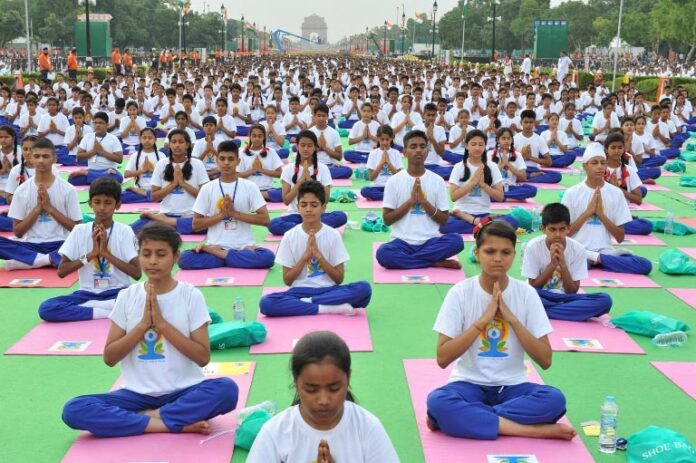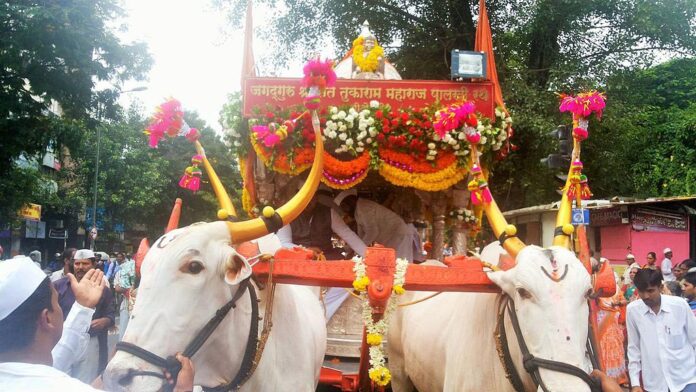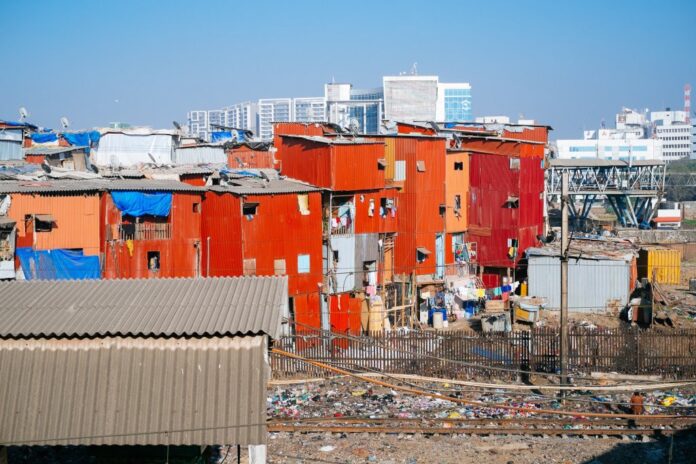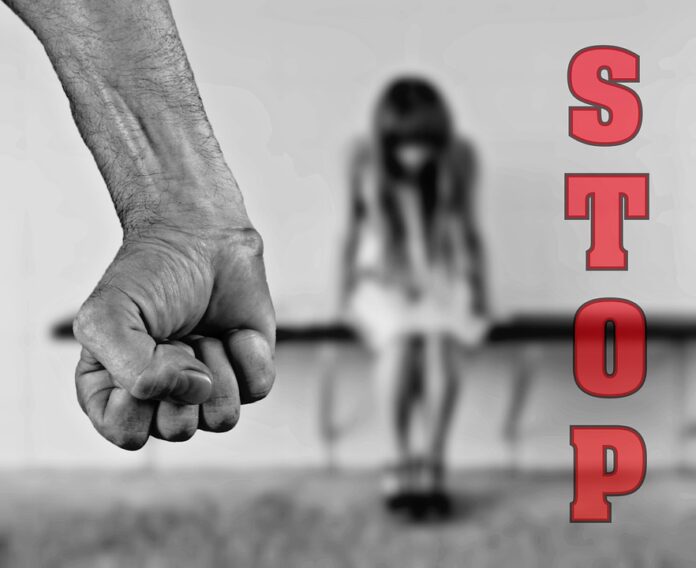Three years ago, Prime Minister Narendra Modi called out to celebrate the practice of yoga on June 21. Sometime later, it was adopted by the United Nations as International Yoga Day. This year’s theme mainly revolves around ‘Yoga For Health’. It points at making yoga an integral part of your life, will lead to the betterment of your physical and mental health. The general idea of this day and its significance remains very restricted. Corporations, schools, government institutions and individuals do yoga one morning in the whole year and preach its benefits.
The lifestyle and work culture of present times do not allow people to go out every day and spend one hour for yoga or any sort of exercise. Therefore, for some time now, a new form of yoga has been on the rise. Practicing yoga while sitting on your chair in your workplace or your class has been a style of yoga, which is being widely practiced. All the meetings, time spent staring at a computer screen and sitting in one posture for hours has been deemed unhealthy by medical experts all over the world. It causes back pains, spinal injuries, stress, eye problems and many other serious medical conditions in young adults. It also takes a toll on the employees’ mental health.
Therefore, the concept of yoga in your chair eliminates the time factor from the equation. It helps you utilise the ten minutes break during your shift to relax your body, with beneficial exercise. Simple movements of your neck, eyes, and exercises for your abdomen are proving to be very beneficial for the young adults sitting in offices from 9 to 5, or students sitting in classes all day. Many colleges have incorporated this alternative yoga method in their curriculum, where the students can use in the breaks between their classes.
Pradeep Solanki, a yoga instructor from Yoga on Call, an organisation promoting and facilitating this yoga practice, said, “Some exercise is better than no exercise at all. Professionals who do not have the time for an hour-long session can make a lot of difference to their health by adopting yoga in their routine, even in a small way. When you are stuck in a traffic jam or in the middle of a long meeting, giving your body an out helps with mental stress management.”
According to a World Health Organisation study done in 2016, India is the diabetes capital of the world with 69.2 million people suffering from it. It was also found that diabetes is more prevalent in urban areas. A report published by National Commission on Macroeconomics and Health in 2005 claimed that by 2015, 64 million people would suffer from cardiovascular diseases, aged under 40 years. 40% of the suicides in India are committed by people below 40 years of age, which is an indicator of higher stress levels.
A simple solution to overcome the increase in the above figures is yoga. It helps in flexibility, stamina, body strength, improving sleep cycle and maintaining mental balance. Way over 4 million people have pledged to make yoga a regular activity in their lives, but more has to be done than signing an online petition. Your body needs a healthier lifestyle amidst all the rush and commotion. Alternative or not, make yoga a habit for the improvement of your health.
Regards,
The CSR Journal Team









 Pearl Tiwari is the Director of Ambuja Cement Foundation, the CSR wing of Ambuja Cements Limited. In a professional career spanning over 30 years, Pearl has been associated with the not-for-profit, educational and corporate sectors. Pearl joined Ambuja in 2000 and ever since has been at the helm of nurturing the Ambuja Cement Foundation that has expanded from a fledging team to nearly 400 development professionals, with a pan-India presence active in 21 locations across 11 states.
Pearl Tiwari is the Director of Ambuja Cement Foundation, the CSR wing of Ambuja Cements Limited. In a professional career spanning over 30 years, Pearl has been associated with the not-for-profit, educational and corporate sectors. Pearl joined Ambuja in 2000 and ever since has been at the helm of nurturing the Ambuja Cement Foundation that has expanded from a fledging team to nearly 400 development professionals, with a pan-India presence active in 21 locations across 11 states.








